






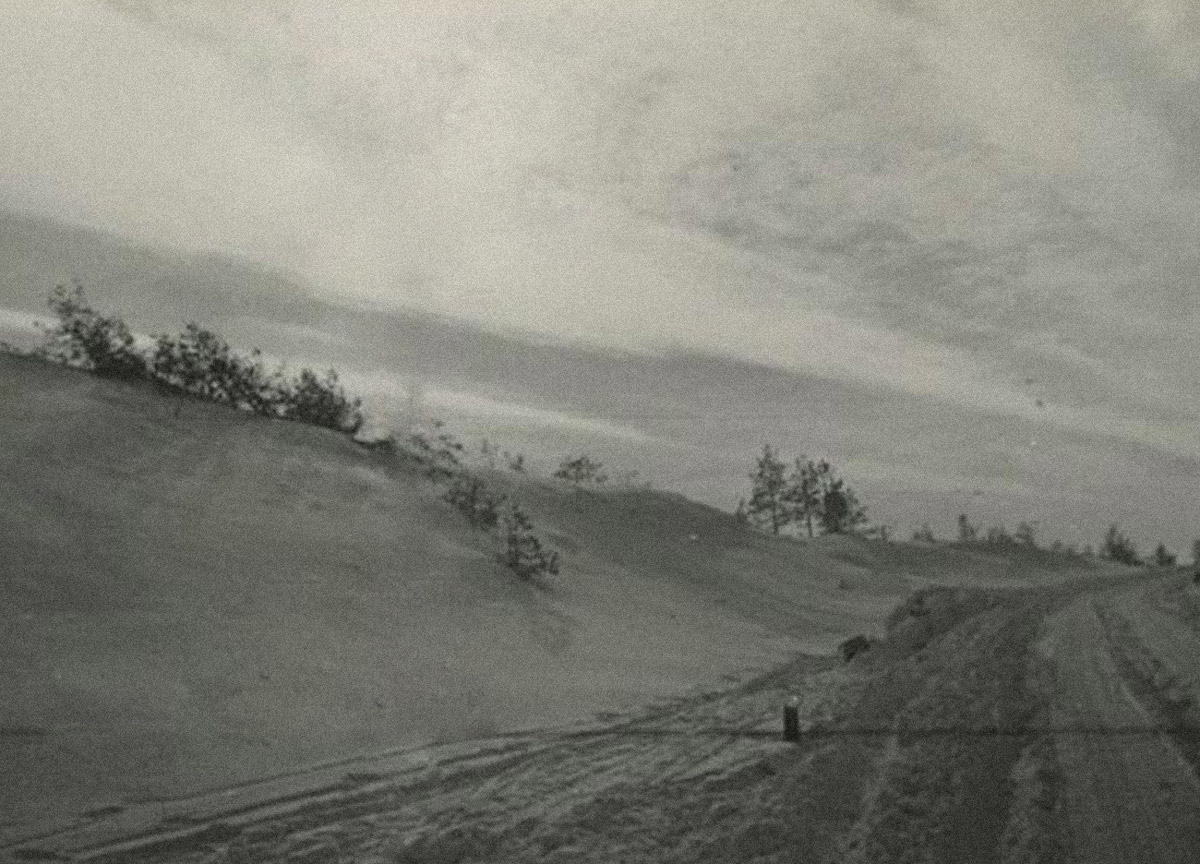








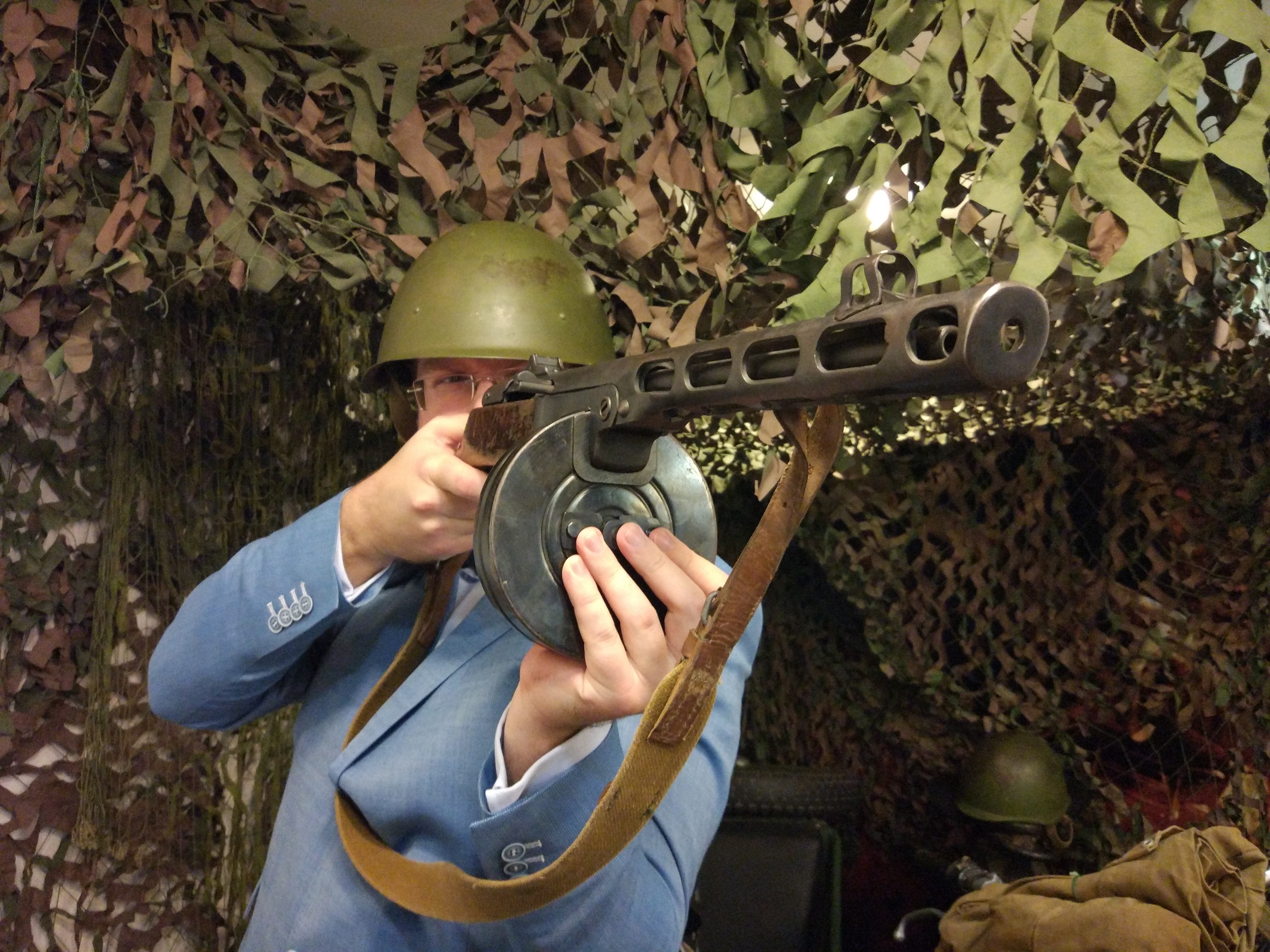
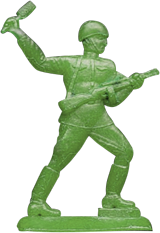
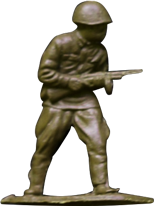
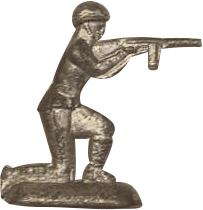
Это первый пистолет-пулемет, принятый на вооружение Красной Армии и поставленный на серийное производство.
В конце 30 — начале 40-х годов был достигнут прогресс в технологии производства оружия, что открывало широкие возможности в создании новых, более простых моделей пистолетов-пулеметов.
Успеха в этом направлении добился конструктор Г.С. Шпагин, и его образец был принят на вооружение в конце декабря 1940 г. под наименованием «Пистолет-пулемет системы Шпагина обр. 1941 г.» (ППШ-41).
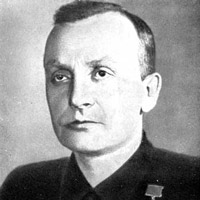
Georgy Semenovich Shpagin was born on April 29, 1897 in Vladimir province. He graduated from all three classes of a parochial school, after which he was sent by the father in the carpentry guild. But due to the tendon injury of a finger Georgy had to leave the craft, and for some time he worked as a messenger in a merchant’s shop, and also a glass blower to be later employed in his native village.
His fascination with weapons emerged after the call in the tsarist army, where he was assigned to the repair team due to his injury. Repairing Mosin rifles that were popular that time and looking at captured weapons, Georgy Shpagin imbued with an interest in weapons skills:
After the Civil War I fixed myself as a fitter in the experimental workshop of the Kovrov Arms Factory. Without an engineering degree and relying only on instinct I proposed significant changes to the design of the Fedorov machine gun, facilitating its manufacture without sacrificing combat performance. For his ingenuity he was employed then as an engineer, and later — as a designer.
In 1940, he started to develop his own submachine gun — PPSh (Shpagin submachine gun). In the face of a looming war he could offer the cheapest and fastest method of production of submachine guns named after him, after which he was appointed the chief designer of the PPSh factory in Vyatskie Polyany — the town which he had to equip after the evacuation.
During the war Shpagin was watching very carefully over his brainchild. Receiving hundreds of letters from battlefront soldiers, Georgy Semenovich took into account suggestions and comments on the model, making improvements in the PPSh.
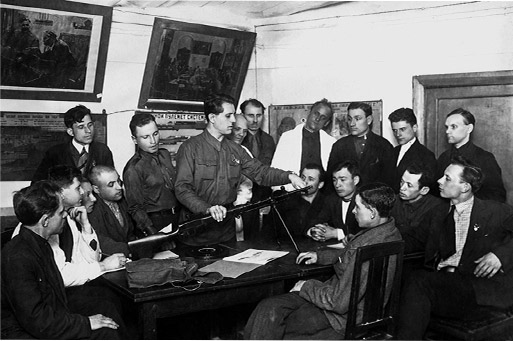
During the war Shpagin was watching very carefully over his brainchild. Receiving hundreds of letters from battlefront soldiers, Georgy Semenovich took into account suggestions and comments on the model, making improvements in the PPSh. But the happiest moment in his life, according to the designer’s memoirs, was participation with the PPSh in hands in the Victory Parade on the Red Square.
The bronze bust of the PPSh’s inventor is erected on August 6, 1982 in the Komsomol square (now G. S. Shpagin Square) in Vyatskie Polyany.
| Caliber | 7.62 mm |
| Total length | 842.0 mm |
| Barrel length | 270.0 mm |
| Qty of grooves in a barrel | 4 right-side |
| Magazine capacity | 71 cartridges (pan-type) and 35 cartridges (fan-shaped) |
| Weight with a pan-type magazine | 5,44 kg |
| Weight with a fan-shaped magazine | 4,3 kg |
| Cartridge | 7.62×25 ТТ |
| Muzzle velocity | 500 m/s |
| Combat firing rate | 100–120 rounds/min |
Родился в деревне Кустовская Устьянского района Архангельской области в крестьянской семье.
До начала Великой Отечественной войны активно занимался общественной работой: выполнял различные партийные и комсомольские поручения, проводил читки газет, беседы среди населения, вел работу в культурно-просветительском и драматическом кружках при школе, был членом волостного комитета крестьянской общественной взаимопомощи, где также выполнял поручения по проведению собраний среди крестьян, по сбору налогов и различного другого характера.
В годы Великой Отечественной войны В.Г. Жаворонков с октября 1941 г. — председатель Тульского городского комитета обороны, в декабре его назначили членом военного совета 50-й армии, оборонявшей подступы к Туле.
В марте 1943 года решением ЦК ВКП (б) В.Г. Жаворонков был назначен первым секретарем Куйбышевского обкома и горкома ВКП (б).
В августе 1943 года решением ЦК ВКП(б) В.Г. Жаворонков был направлен в Смоленскую область в качестве уполномоченного ЦК ВКП (б) и Совета народных комиссаров СССР по оказанию помощи Смоленскому обкому партии и областному исполнительному комитету. Здесь В.Г. Жаворонков работал в качестве уполномоченного до 3 ноября 1943 года, потом возвратился в Куйбышев на прежнее место работы, где и работал до апреля 1946 года.
С апреля 1946 года до 1962 года В.Г. Жаворонков работал инспектором ЦК ВКП (б), заместителем Министра торговли СССР по общим вопросам, Министром торговли СССР, заместителем министра внутренней и внешней торговли СССР, Министром Государственного контроля СССР, заместителем председателя Комиссии Советского контроля.
В 1962 году он был назначен заведующим организационно-инструкторским отделом Комиссии Государственного контроля Совета Министров СССР. В конце 1962 года он был утвержден Заведующим Центральным бюро жалоб и предложений трудящихся комитета.
Указом Президиума Верховного Совета СССР от 18 января 1977 года за заслуги перед Коммунистической партией и Советским государством, большой личный вклад в организацию героической обороны Тулы в период Великой Отечественной войны Василию Гавриловичу Жаворонкову присвоено звание Героя Советского Союза с вручением ордена Ленина и медали «Золотая звезда» (№ 11282).
В.Г. Жаворонков был награжден двумя орденами Ленина, орденом Октябрьской Революции, орденом Красного Знамени, двумя орденами Отечественной войны 1-й степени, двумя орденами Трудового Красного Знамени, медалями.
За заслуги в героической обороне города Тулы в период Великой Отечественной войны 1941-1945 гг. решением Исполнительного комитета Тульского городского Совета депутатов трудящихся от 3 декабря 1966 года Василию Гавриловичу Жаворонкову присвоено звание почетного гражданина города Тулы.